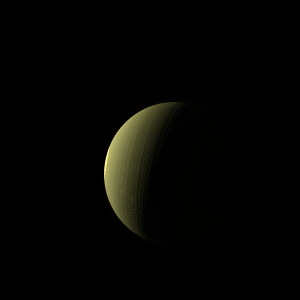|
|
Space Astro
|
Info for exoplanet "Cyong"
| Scientific (actual) data |
|---|
| Name | HATS-22 b |
| Planet status | Confirmed |
| Planet mass | 2.74 |
| Radius | 0.953 |
| Orbital period | 4.72281 |
| Semi major axis | 0.05025 |
| Orbit eccentricity | 0.079 |
| Inclination | 87.96 |
| Discovered | 2016 |
| Updated | 2016-07-11 |
| Omega | 56 |
| Tzero tr | 2457070 |
| Impact parameter | 0.536 |
| K | 399 |
| Temperature (kelvin) | 858 |
| Publication | Published in a refereed paper |
| Detection type | Primary Transit |
| Mass measurement type | Radial Velocity |
| Radius measurement type | Primary Transit |
| Star name | HATS-22 |
| Right ascension | 174.01° |
| Declination | -29.54° |
| Mag v | 13.46 |
| Star distance | 207.9 |
| Star metallicity | 0 |
| Star mass | 0.759 |
| Star radius | 0.689 |
| Star age | 4.6 |
| Star temperature | 4803 |
| Star alternate names | 2MASS J11360233-2932359 |
| Wikipedia article | HATS-22 b |
Back
| |
| Fictional info (?) |
|---|
| Suggested name | Cyong |
| Planet type | Large hot gas giant |
| It has the longest rotation period (445 days) of any planet in its solar system and rotates in the opposite direction to most other planets.
The two polar ice caps appear to be made largely of water. |
| Atmosphere | Hydrogen deuteride (HD) | 96% |
| Ozone | 1.6% |
| Xenon | 1% |
| 2H2O | 0.43% |
| Molecular hydrogen | 0.032% |
| Atmospheric pressure | 13 bar |
 |
| No known satellites |
| Google search for Cyong |
|
Website by Joachim Michaelis
|
|
|
|